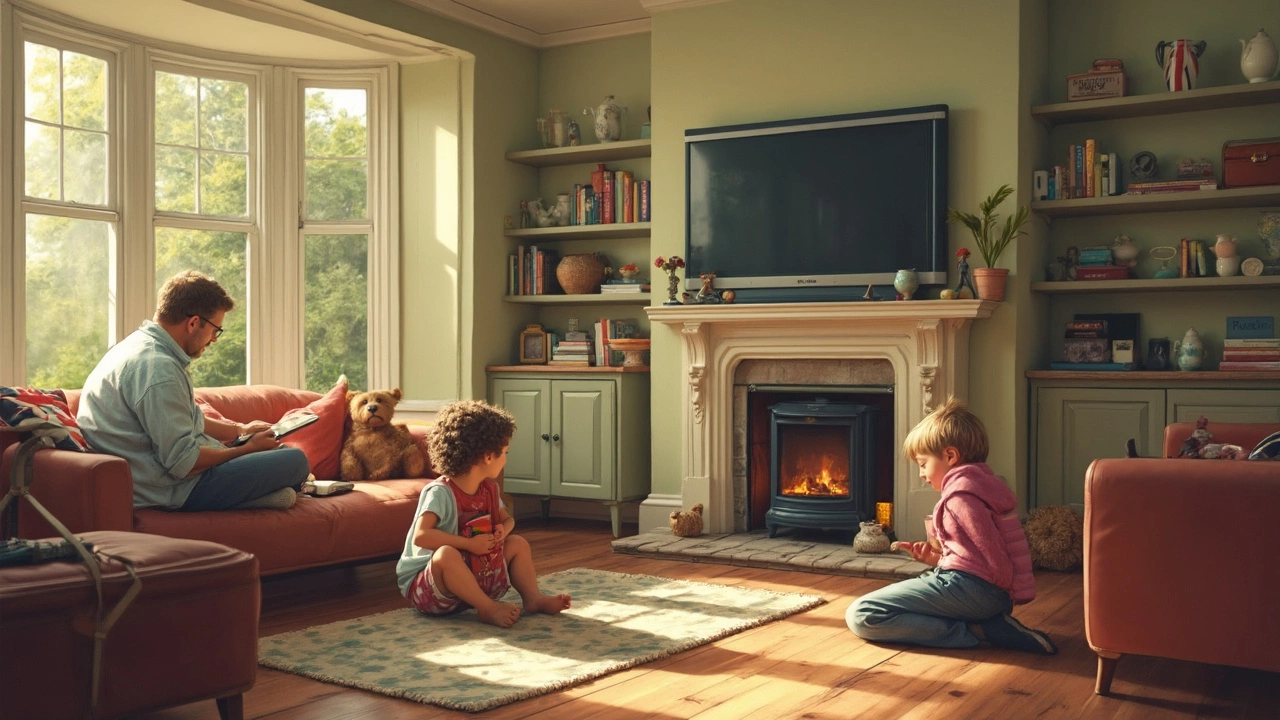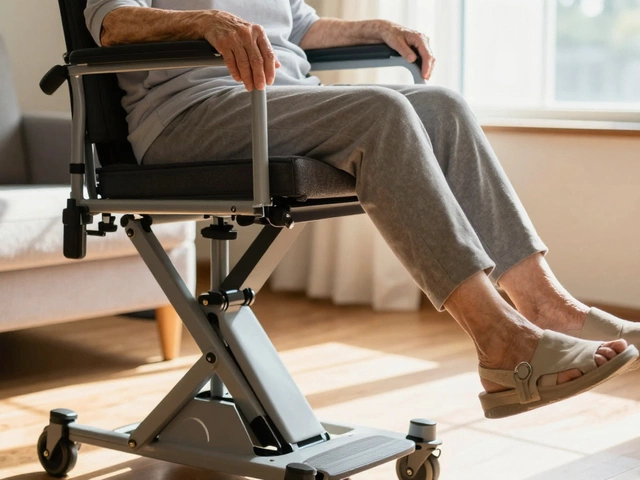Wall-Mounted TV: Installation Tips, Design Ideas & Safety Guide
Thinking about putting your TV on the wall? It’s a smart move that frees up floor space, looks sleek, and can improve viewing comfort. In this guide we cover the basics – from picking the right mount to wiring tricks – so you can get it right the first time without calling a pro.
Pick the Right Mount for Your Screen
The first step is matching the mount to your TV size and weight. Most brackets are rated “VESA” – a grid of holes on the back of the set. Check your TV’s manual for the VESA pattern and compare it with the mount’s specs. If you have a heavy screen (over 60 inches), go for a heavy‑duty or tilting mount that spreads the load across several screws.
Don’t forget the wall type. Drywall alone can’t hold a big TV; you’ll need to anchor into studs or use a metal stud brace. For brick or concrete, use masonry anchors. A quick once‑over with a stud finder saves you from a wobble later.
Measure, Mark, and Install Safely
Measure the eye‑level height when you’re sitting on your couch or bed. Most people aim for the center of the screen about 42‑inches from the floor, but adjust based on room layout. Mark the mount points lightly with a pencil, then double‑check with a level.
When drilling, start with a small pilot hole – it reduces the chance of cracking the wall. Use the right drill bit for the anchor type (wood, metal, or masonry). Tighten the bolts just enough to hold the mount firmly, but don’t over‑torque, as that can strip the wood.
After the bracket is secure, attach the TV mounting plate to the back of the screen. Have a friend help lift the TV onto the wall; most tilting mounts let you hook the plate in place before tightening the final screws. Once it’s snug, tuck the cables behind the wall or use a simple cable cover to keep things tidy.
Safety tip: never mount a TV above a bed or sofa where someone could easily bump it. Also, keep a small space between the screen and the wall – about an inch – to allow airflow and prevent overheating.
Now that the TV is up, think about the surrounding décor. A floating TV looks great with a minimal TV console or a sleek shelving unit underneath. Add dimmable lighting or a decorative strip behind the screen for a modern feel. If the room is a bedroom, consider a low‑profile mount so you can still see the ceiling fans.
Finally, test the setup. Turn on the TV and check for any wobble, uneven angles, or cable strain. Adjust the tilt if needed to reduce glare from windows. A quick check ensures a comfortable viewing experience and protects your investment.
Wall‑mounting a TV doesn’t have to be a daunting task. With the right mount, proper measurements, and a few safety steps, you’ll have a clean, functional focal point in any room. Enjoy the fresh look and the extra space – you’ve earned it!
Convert Wall-Mounted TV to Stand: Easy Steps and Pro Tips
Switching your TV from a wall mount to a stand might sound tricky, but it’s doable with the right know-how. This guide breaks down everything you need, from understanding mounting holes to picking the right stand. No need to call a handyman—you can handle it yourself in an afternoon. Learn how to choose the safest and most stylish stand for your space. Stop letting a wall dictate your living room layout.
The Drawbacks of Wall-Mounted TVs Everyone Should Know
Mounting a TV on the wall can seem like a great space-saving idea, but it comes with its own set of drawbacks. From installation challenges to viewing angles, these factors can impact your viewing experience and safety. Learn what to watch out for before you decide to mount your TV on the wall. This guide will help you weigh the pros and cons effectively.








